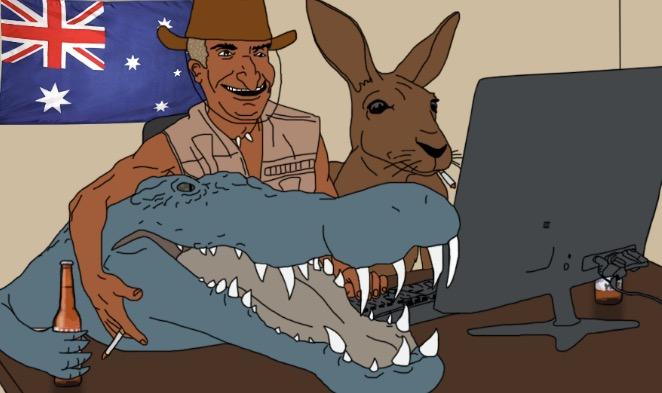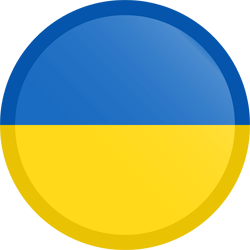ai summary:
The European Commission welcomes the adoption of the 17th EU sanctions package against Russia, signaling continued support for Ukraine amidst its war. The key elements and objectives of this package include:
- Anti-Circumvention Measures: Targeting Russia’s “shadow fleet” by listing an additional 189 oil tankers, bringing the total to 342. These vessels are subject to port access bans and service prohibitions, significantly hampering Russia’s ability to export oil outside the price cap regime (reducing deliveries by 76% since listings began). The package also adds 31 new companies supporting Russia’s military-industrial complex or sanctions evasion.
- Additional Listings: Adding 75 new individuals and entities undermining Ukraine’s territorial integrity, primarily from the Russian military and defense sectors. New listing criteria are being used. This extends previous efforts to target those enabling Russia’s war effort.
- Trade Measures: Expanding restrictions on dual-use and advanced technology exports aimed at cutting off key technologies for military use, including specific chemical precursors (like chlorates) linked to Russian missile propellants and high-precision CNC machine tool components.
- Sakhalin Exemption: Extending the exemption from the oil price cap for the Sakhalin-2 project’s crude oil shipments to Japan until June 2026, based on energy security concerns.
The Commission emphasizes that these sanctions are working, pointing to:
- Russia selling resources cheaply and buying necessities expensively.
- Significant economic strain: high inflation (above 10%), soaring deficits, interest rates at 21%, and depletion of the National Wealth Fund.
- A near 80% drop in oil and gas revenues compared to pre-war levels (falling from €100 billion in 2022 to €22 billion in 2024).
- Reduced trade with the EU (Russia losing over 60% of its pre-war trade).
The Commission highlights the need for continued vigilance against sanctions circumvention, working with G7 partners and third countries through coordinated lists (Common High Priority Sanctioned Goods and Economically Critical Sanctioned Goods) and ongoing outreach efforts.
You must log in or register to comment.


